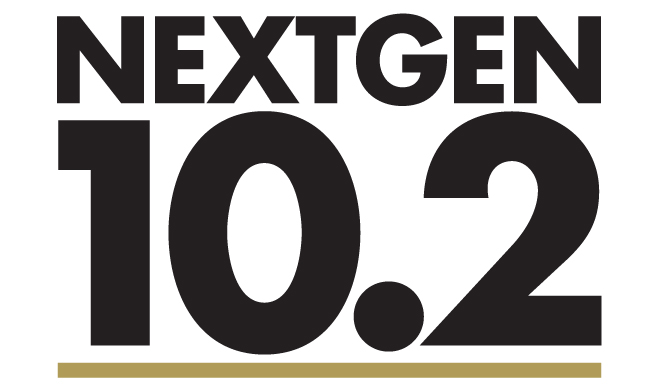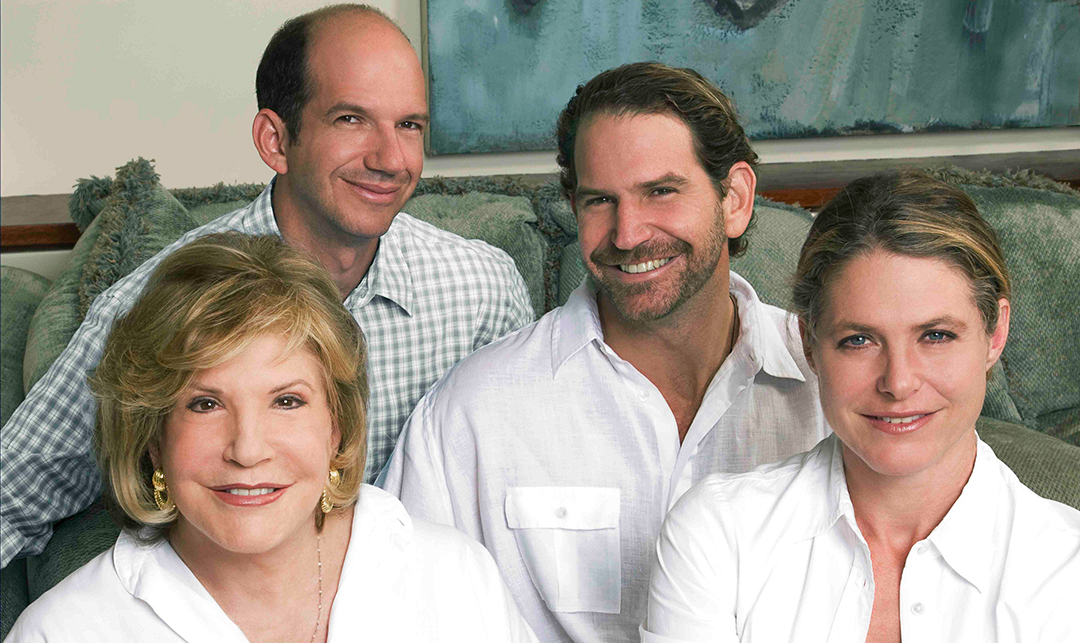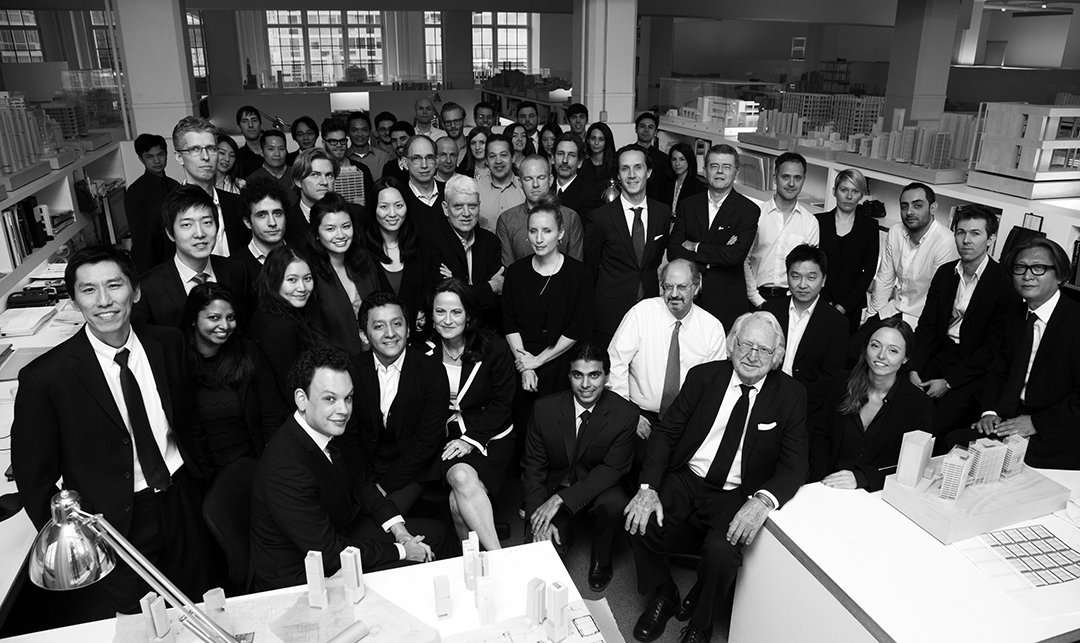The COVID-19 pandemic has dramatically changed the beauty and consumer goods sector. Consumption dropped dramatically in 2020, started to rebound in 2021, and will grow again in 2022. While there was a decrease in the use of makeup, demand increased for skin care, body care, hair care, and DIY products. Because people were at home (or maybe had more time on their hands), they were also willing to try new things and new brands. In 2022, cosmetics and fragrance should experience significant growth, as should “wellness” products—beauty from the inside out is here to stay.
Below are some of the opportunities and challenges beauty and consumer goods companies will face in 2022.
Opportunities
The beauty industry has learned from the lockdowns and other challenges of the past two years.
First, we’ve learned about the consumer’s willingness and, in fact, embrace of online purchases. This is not just typical e-commerce offerings; instead, beauty consultants and advisers have encouraged the transition toward web-based shopping and social selling (buying from someone that is representing the brand). Digital creators such as Christina Najjar, aka Tinx, are taking advantage of this in unique and authentic ways.

The second thing we’ve observed, is the personalization of products and packaging. For instance, some companies are using quizzes to help the customer select the exact right formulation of the product for them. Others are putting the customer’s initials on the product.
For those operating in Los Angeles and California, this state tends to have open and accepting attitudes, willingness to try new things, and diverse tastes to accompany diverse backgrounds and lifestyles. Los Angeles attracts creative people who are willing to take risks. There is also the “Hollywood” factor that can be a huge opportunity to building brand awareness and loyalty.
Challenges
One of the major challenges that keeps beauty product makers and sellers up at night is the performance of their supply chain. It was challenging enough to get items before the pandemic and is even more so now. Even with increased lead times people are incorporating into their orders, there is less assurance of something showing up on time or, in fact, at all. Having multiple potential sources of supply is helpful but presents its own quality assurance and consistency concerns. It also requires securing rights to formulations and production methods in advance.

Other challenges, specific to operating in Los Angeles or California, are higher costs for employees and real estate, as well as increased health and safety regulations as compared to companies located elsewhere. Being a big city and a large state, there is also more competition, especially when first starting out and trying to find distribution opportunities.
Looking Forward
For an early-stage beauty or consumer-goods company seeking growth capital in 2022, the best advice is to identify the likely “finish line” and try to anticipate the most impactful steps or inflection points between here and there. You will organize and operate your company differently, for instance, if you are building to hold instead of building to sell. It is critical to build an authentic, passionate, and loyal customer base. It is acceptable if it is small or a niche community; capital providers see a lot of value and opportunity in that. Building barriers to competition, including using celebrity product lines or brand ambassadors, is a big plus. Assemble a strong management team because that is a large part of what a capital provider is evaluating.
Finally, it is important to set things up right from the beginning. The money spent now will reap multiples later and shows a level of seriousness and professionalism that can set you apart.
Andrew Apfelberg is a partner at Greenberg Glusker LLP. He has a considerable depth of experience in the branded consumer products, manufacturing & distribution, new media and technology industries. Read more of Andrew Apfelberg’s Thought Leadership here.















































